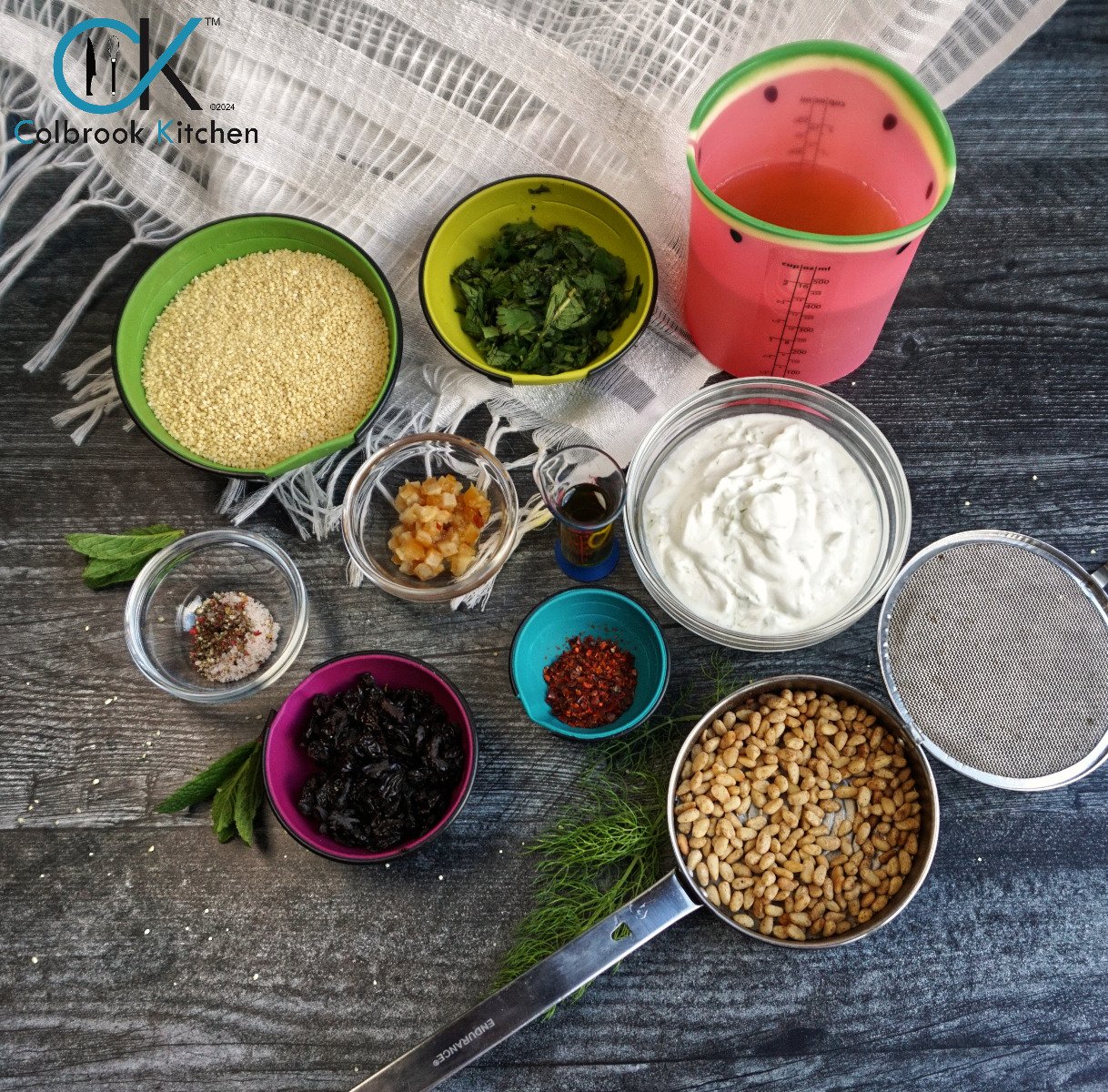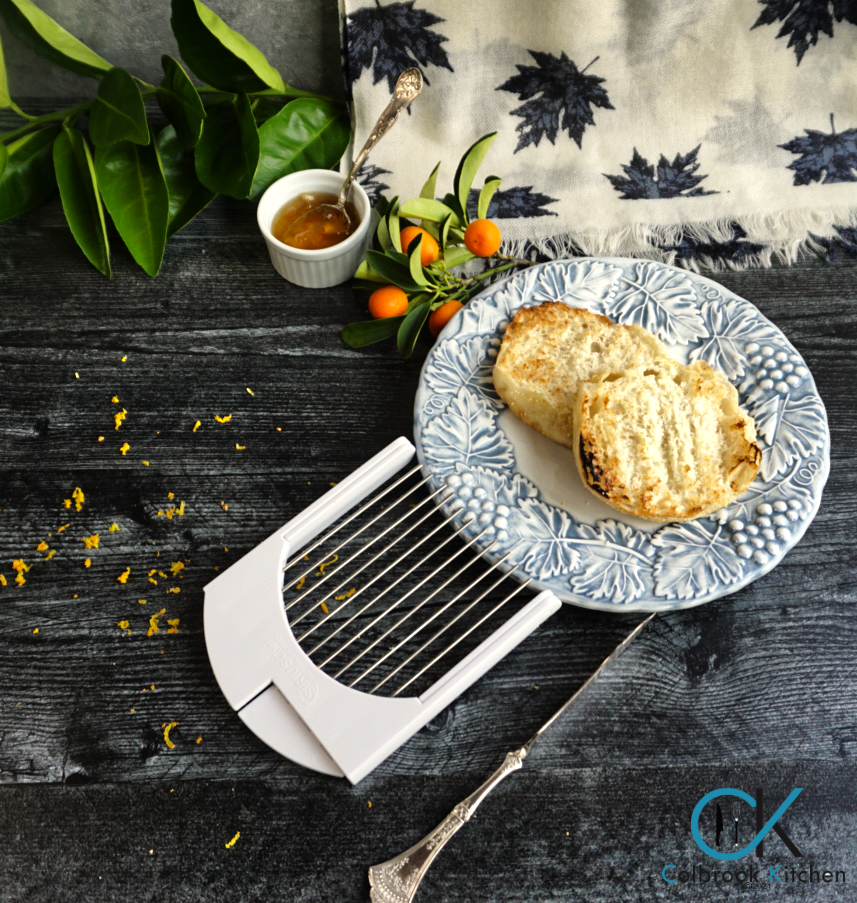Cool Tip: What to Drink while watching the Olympics
- Jul 20, 2016

With the Olympics in Rio just around the corner, a lot of our drinking attention will be focused on Caipirinha (pronounced kie-purr-REEN-yah), the national drink of Brazil. Caipirinha is made with cachaça (ka-shah-sa), a cane-sugar-based spirit that is a cousin of white rum. The major difference between the two spirits lies in the way the base ingredient is handled: while rum is traditionally made from processed cane (molasses), cachaça is made from fresh-pressed, unprocessed cane juice, lending it a distinctively clean, grassy flavor and a subtly herbaceous nose. (thekitchn.com)
Here is a history of caipirinha, according to caipirinharecipes.com:
Caipirinha is believed to have originated in the state of São Paulo towards the end of World War I. It’s original recipe consisted of cachaça, green lemon, honey and garlic and was initially prepared as a medicine to ease the effects of the Spanish Flu. The green lemon was used for its high concentration of vitamin C and cachaça contained the alcohol needed to expedite the absorption of the vitamins into the organism.
Sometime, somewhere, someone decided to replace honey and garlic with sugar and ice and thus the modern day caipirinha was born. In those days, most of Brazil’s cachaça production was concentrated around the inland town of Piracicaba, where the habit of drinking caipirinha had originally begun. As soon as the novelty drink reached the much larger port-town of Santos, it was baptized with the name of “caipirinha”. In Brazilian Portuguese, “caipira” is a term given to describe peasants of the inland; someone who is not accustomed to life in the big city. The word “caipirinha” literally means “small caipira” or “little peasant”.
With time, caipirinha began to spread throughout Brazil, but it wasn’t until 1922 that it went global. In that year, Brazilian modernists selected caipirinha to serve as the official drink of Brazil in an international event called the Modern Art Week. From then on, the recipe was taken to Paris by French modernists and took on the world.
Despite its huge popularity, it wasn’t until recently that caipirinha was officiated as an official Brazilian drink. In 2003, the elected President Luiz Inácio Lula da Silva (commonly known as Lula), passed a law to turn caipirinha into the official drink of Brazil and standardized the recipe under Law number 4.851 of 01.10.2003. You can view the original caipirinha recipe here.
It used to be difficult to find good cachaça in the US and other non-Brazil parts of the world, but with the growing popularity of this drink, the market is changing and now it is possible to easily find a premium cachaça, which is highly recommended because it is the main component of the drink.
Our local favorite liquor store: Bottle Barn in Santa Rosa, has 9 cachaças in stock:
Sagatiba $19.99
Leblon $24.99
Leblon Barrel Aged $17.99 375ml
Avua $31.99
Avua Amburea $43.99
Novo Fogo $28.99
Novo Fogo Barrel $33.99
Novo Fogo Tanager $33.99
Pitu $16.99
The Caipirinha is a perfect cocktail to adapt for seasonal fruits and can be made with different fruit combinations. A Brazilian colleague brought an assortment of fruit to our house and proceeded to make strawberry, mango and peach caipirinhas, and each was delicious. In all cases he added each fruit to the citrus base. BTW in researching caipirinha recipes, I found one that said the best caipirinha the author had ever had was made with rangpur limes. We have a tree and are always looking for uses for this citrus, so we’re delighted to hear this. We’ve tried it (the photo with the orange fruit), and it is delicious, just a different taste from the original. If you have access to rangpur limes, give this a try.
Here’s the basic recipe; Let us know how you make your caipirinha!
Prep Time: 3 minutes
Yield: 1 Cocktail
INGREDIENTS:
1 lime quartered (plus optional seasonal fruit)
2 teaspoons white sugar
2 ounces Brazilian Cachaça
Ice cubes
PREPARATION:
Place the lime wedges, (optional seasonal fruit) and sugar into an old-fashioned glass.
Muddle well.
Fill the glass with ice cubes.
Pour in the cachaca.
Stir well.
Here are some really helpful tips from caipirinharecipes.com:
- Always remove the ends of the lime; they have a bitter taste.
- Split the lime in quarters and cut out the middle pith from all pieces. They also contribute to the bitterness.
- Always muddle the lime with sugar. The abrasive sugar crystals will contribute to the grinding effect on the lime.
- Don’t muddle the lime too hard. Squeezing too much will also make the drink too bitter.
- Muddle the limes face down (peel side facing up).
Enjoy the Olympics!







